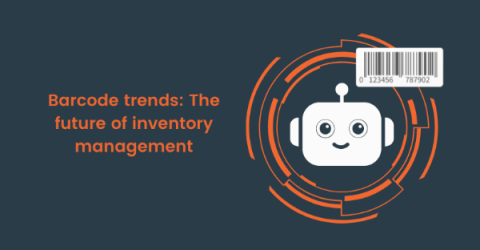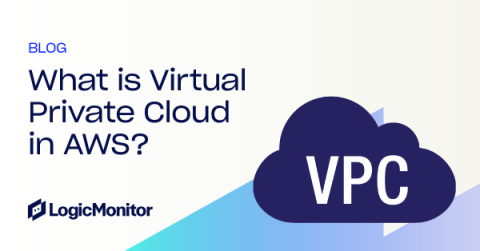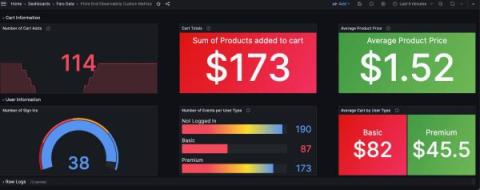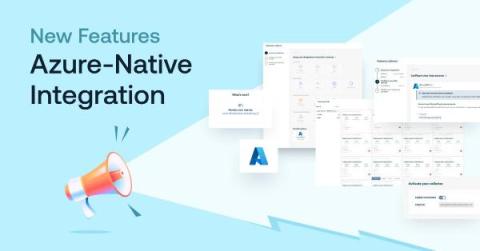Welcoming new leadership at Cloudsmith - a note from Alan Carson
Alan Carson writes about his experience and journey with Cloudsmith, as new CEO Glenn Weinstein steps in as leadership. I heard something recently, that resonated, about success. In a simple (but not easy) three-step plan; success happens when the following three things align: A great example is, of course, Steve Jobs and Apple. The contrarian idea was that every single human would need a personal computer. He was proven right. And he executed expertly (with a few ups and downs obviously!)











